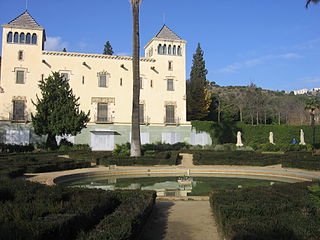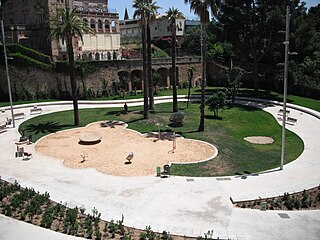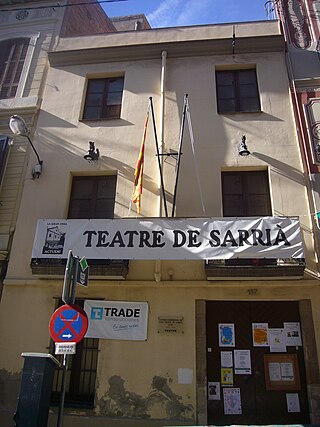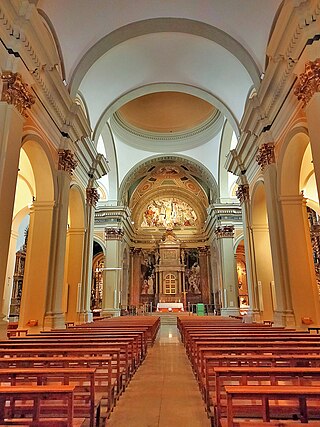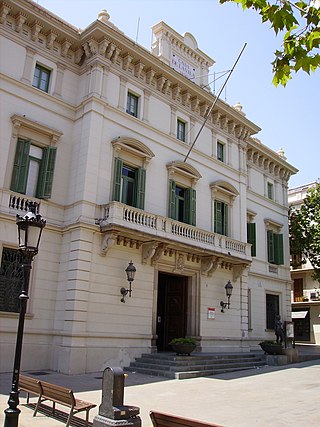Self-guided Sightseeing Tour #5 in Barcelona, Spain
Legend
Guided Free Walking Tours
Book free guided walking tours in Barcelona.
Guided Sightseeing Tours
Book guided sightseeing tours and activities in Barcelona.
Tour Facts
1.3 km
44 m
Experience Barcelona in Spain in a whole new way with our free self-guided sightseeing tour. This site not only offers you practical information and insider tips, but also a rich variety of activities and sights you shouldn't miss. Whether you love art and culture, want to explore historical sites or simply want to experience the vibrant atmosphere of a lively city - you'll find everything you need for your personal adventure here.
Activities in BarcelonaIndividual Sights in BarcelonaSight 1: Jardins de Can Sentmenat
The gardens of Can Sentmenat are located in the Sarrià district of Barcelona. They belonged to the Tower of the Marquises of Sentmenat, which currently houses the EINA University Centre of Design and Art of Barcelona. They were opened to the public in 1995 after a restoration by Patrizia Falcone.
Sight 2: Parc de Joan Reventós
The Joan Reventós Park is a public park located in the Sarrià neighbourhood, Sarrià - Sant Gervasi district of Barcelona (Catalonia), between the streets of Ràfols, the Riera de les Monges and the Ronda de Dalt. It was born from the urbanization of what is popularly known as the Torrent de les Monges, which owes its name to the convent of the Nuns of the Sacred Heart of Sarrià that crosses it. It is a green space that has two entrances and has 20,091 square meters of native vegetation, walks and a children's play area. It was mostly built during 2008 and was inaugurated on Sunday, May 17, 2009. It connects the historic centre of Sarrià with the Ronda de Dalt, Can Sentmenat and the Collserola Natural Park.
Sight 3: Centre Parroquial de Sant Vicenç de Sarrià
The Sant Vicenç de Sarrià Parish Centre is an entity dependent on the parish of Sant Vicenç de Sarrià, in Barcelona. The center was established in 1943 as a continuation of the Sant Josep Institute, which in 1907 was founded in this parish from the Josefina Academy, created in 1896 to offer training and recreation for lay people. The centre also has sections dedicated to football, recreation, catechesis and cooperation, and hosts theatre, music, chess and sewing groups.
Sight 4: Parròquia de Sant Vicenç
The church of Sant Vicenç de Sarrià is a neoclassical temple located in Plaça de Sarrià (Barcelona), listed as a cultural asset of local interest.
Sight 5: Sarrià
Sarrià is a neighborhood in the Sarrià-Sant Gervasi district of Barcelona, Catalonia, Spain. Its main street is Major de Sarrià.
Share
How likely are you to recommend us?
Disclaimer Please be aware of your surroundings and do not enter private property. We are not liable for any damages that occur during the tours.
GPX-Download For navigation apps and GPS devices you can download the tour as a GPX file.
